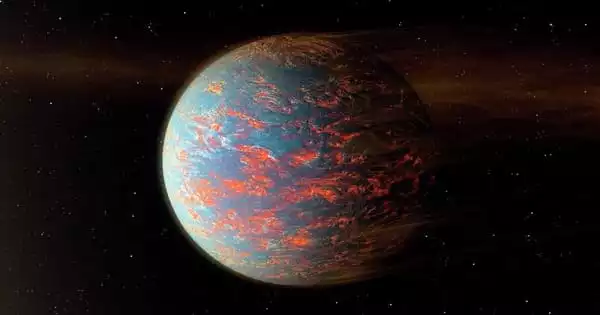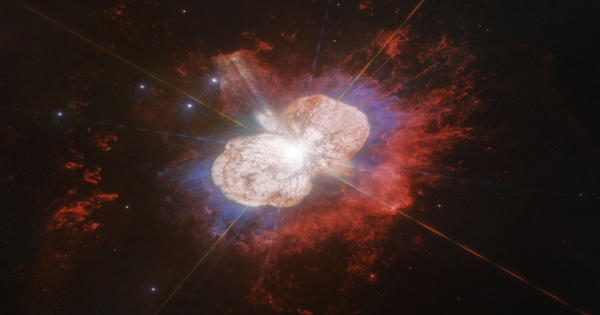The barred spiral galaxy NGC 2188 is located in the constellation Columba. It is a star cluster in the constellation of Columba (the Dove) in the southern sky. It is approximately 25 million light years from Earth, implying that the galaxy, given its apparent dimensions, is approximately 50.000 light years long. It is located in the Dorado Group, a loose collection of galaxies that is itself a part of the larger Hydra-Centaurus Supercluster, and is part of the Milky Way galaxy. On January 9, 1836, John Herschel discovered it.
NGC 2188 is a spiral galaxy seen edge-on from Earth because the galaxy’s center and spiral arms are tilted away from us, leaving only the very narrow outer edge of the galaxy’s disc visible to us. The true shape of the galaxy was determined by studying the distribution of stars in the inner central bulge and outer disc, as well as observing the colors of the stars. The galaxy is close enough that its stars can be seen. The brightest of them have an apparent magnitude of about 21.
NGC 2188 is not as well-known as some other star clusters, but it is one of many objects cataloged in the New General Catalogue (NGC), which is a collection of astronomical objects such as galaxies, star clusters, and nebulae. It was compiled in the late nineteenth century by the Danish-Irish astronomer J.L.E. Dreyer.
When viewed in HI, the galaxy appears asymmetrical, possibly due to a recent interaction. The hydrogen gas is more abundant at one end of the galaxy and extends over 4 kpc away from the galactic plane. Other visible features include filaments and a superbubble with a diameter of 15 arcseconds. The filaments have been associated with a HII region located in the galactic halo. The total hydrogen mass of the galaxy is estimated to be 3×108 M☉, while it is of low metallicity.
Star clusters like NGC 2188 are fascinating objects of study for astronomers because they provide insights into stellar evolution, as well as the dynamics and properties of stars in different stages of their lives. It has been found to have three smaller companions, HIPASS J0607-34, ESO364-029, and KK 55.
















